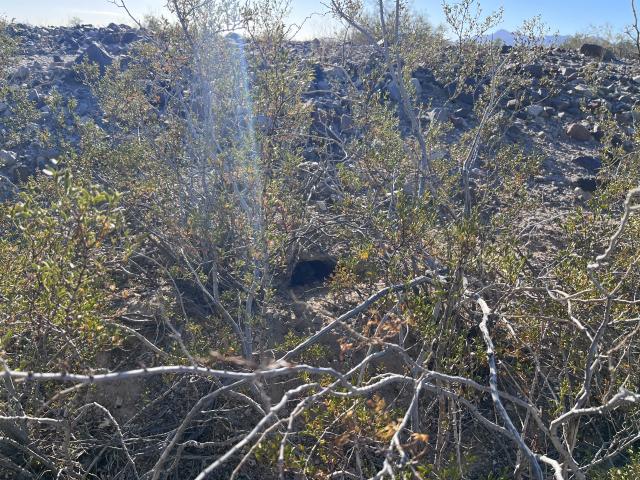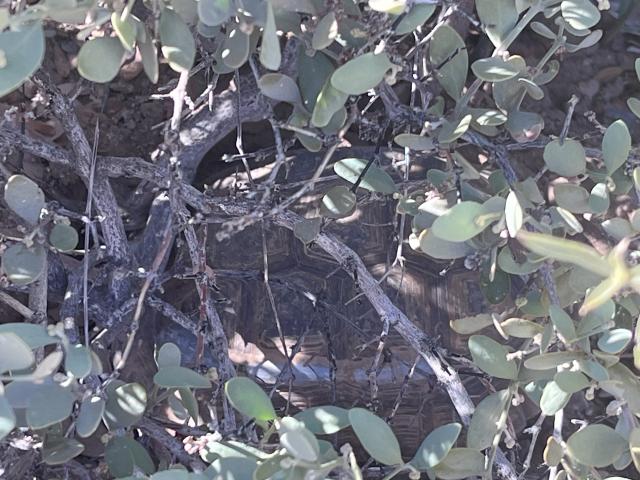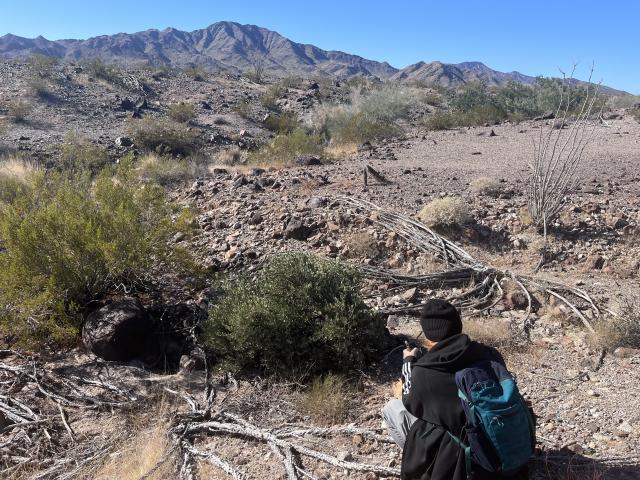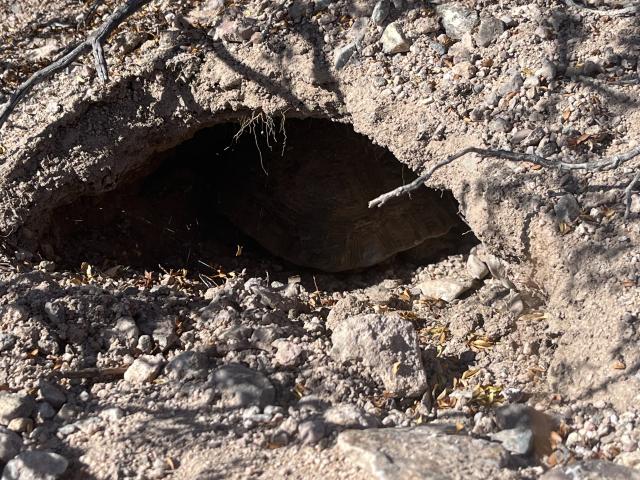Related Stories
- Nine years of partnership pays off: Fitzhugh Creek Meadow restoration achieves dramatic results
- Stewardship and smiles at Samoa Dunes: BLM California hosts National Public Lands Day event
- Lake Havasu Fisheries Improvement Program is the gift that keeps giving
- Fuel break on BLM-managed land slows wildfire, saves homes in Amador County, California
- Building for birds: Scouts support public lands
Office
1201 Bird Center Drive
Palm Springs, CA 92262
United States
Phone:
Email:




